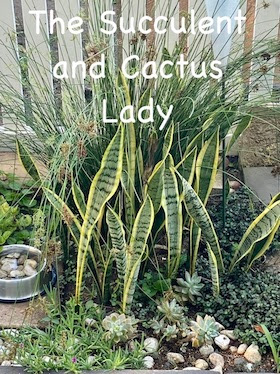I took a little stroll
along the pathway
and observed the wild flowers blooming.
.
.
It was a very fine day.
.
.
(Photo taken on my stroll through my new home for the past 7 months)
Aloe arborescens (Torch Aloe)
Family: Asphodelaceae
Common names: krantz aloe (English), kransaalwyn (Afrikaans), ikalene (Xhosa), inkalane or umhlabana (Zulu)
The krantz aloe is a valuable garden asset, it has large beautiful
flowers, attractive foliage, decorative form, and it is easy to grow. It
is also a 'must-have' for anyone wanting to stock their herb gardens
with indigenous healing plants.
This species is distributed mainly over the eastern, summer rainfall
areas of the country. It has the third widest distribution of any aloe,
occurring from the Cape Peninsula along the eastern coast, through
KwaZulu-Natal, Mpumalanga and Limpopo province and further north into
Mozambique, Zimbabwe and Malawi. It is one of the few aloes that can be
found growing at sea level right up to the tops of mountains. The krantz
aloe is adapted to many habitats, but is usually found in mountainous
areas where it favours exposed ridges and rocky outcrops. It is also
found in dense bush.
It enjoys full sun, well-drained, compost-enriched soil and can
tolerate moderate frost but is sensitive to severe frost. It is
fast-growing, and it will tolerate drought and neglect once established.
It is grown mainly as an ornamental or as an accent plant, but is also
an excellent and impenetrable hedge plant.
The krantz aloe is easily propagated from a branch or stem cut off,
allowed to dry for a day or so until the wound has sealed, and then
planted in well-drained soil or sand. They need not be rooted in any
particular place and then transplanted, but can be placed directly into
their permanent place in the garden. It is important to remember not to
water the cuttings too heavily; overwatering may cause them to rot. This
aloe can also be grown from seed, sown in spring. Seed should take
three to four weeks to germinate, and the seedlings must be protected
from frost.
Aloe arborescens hybridises readily with other aloes.
.




No comments:
Post a Comment